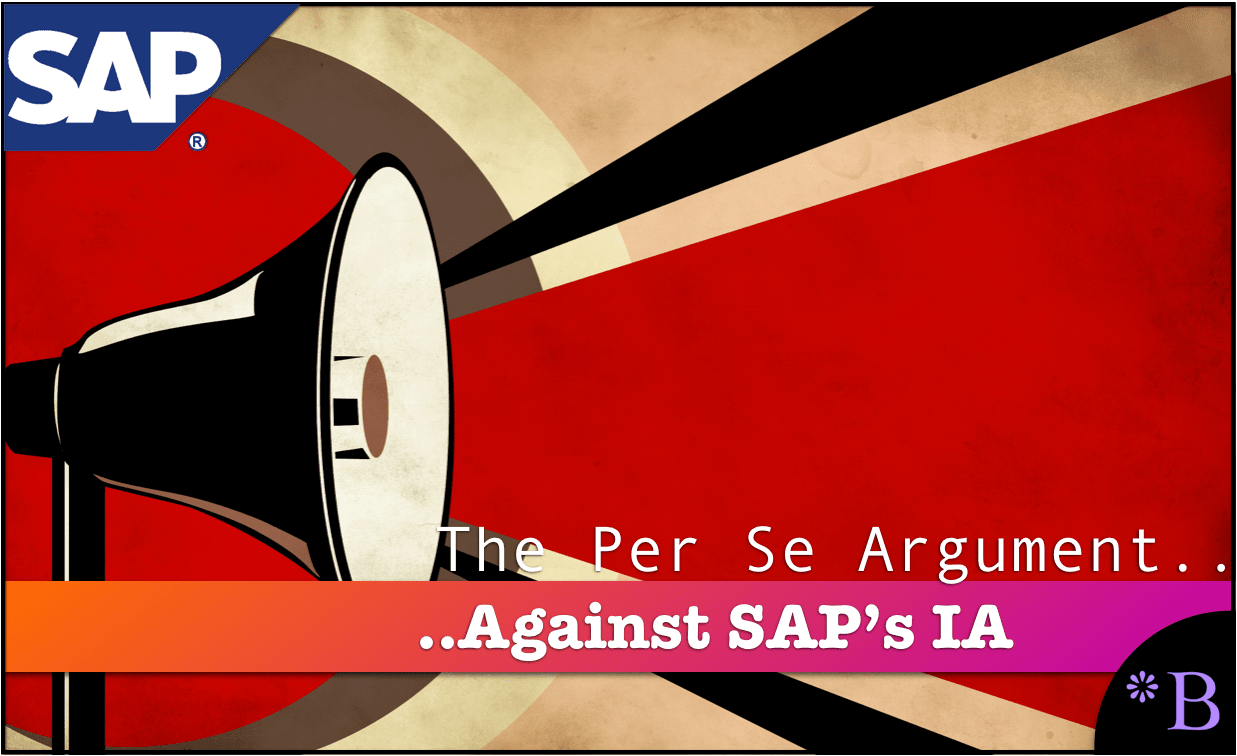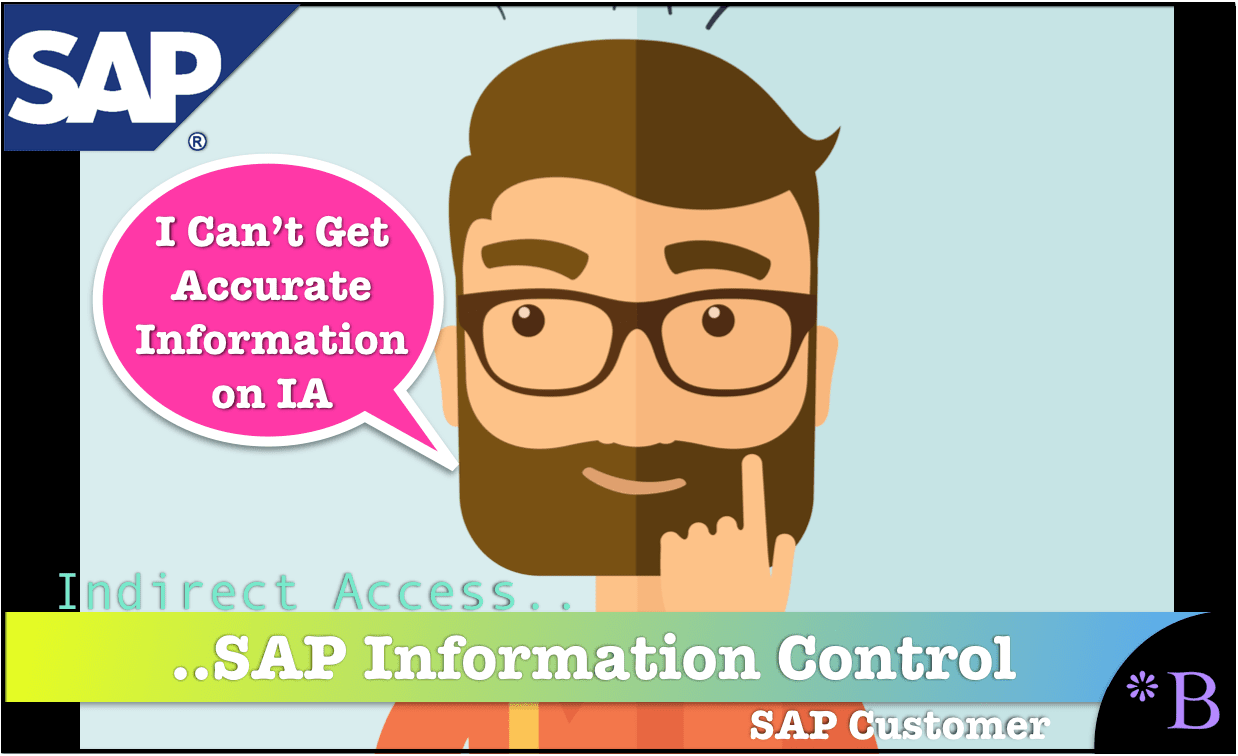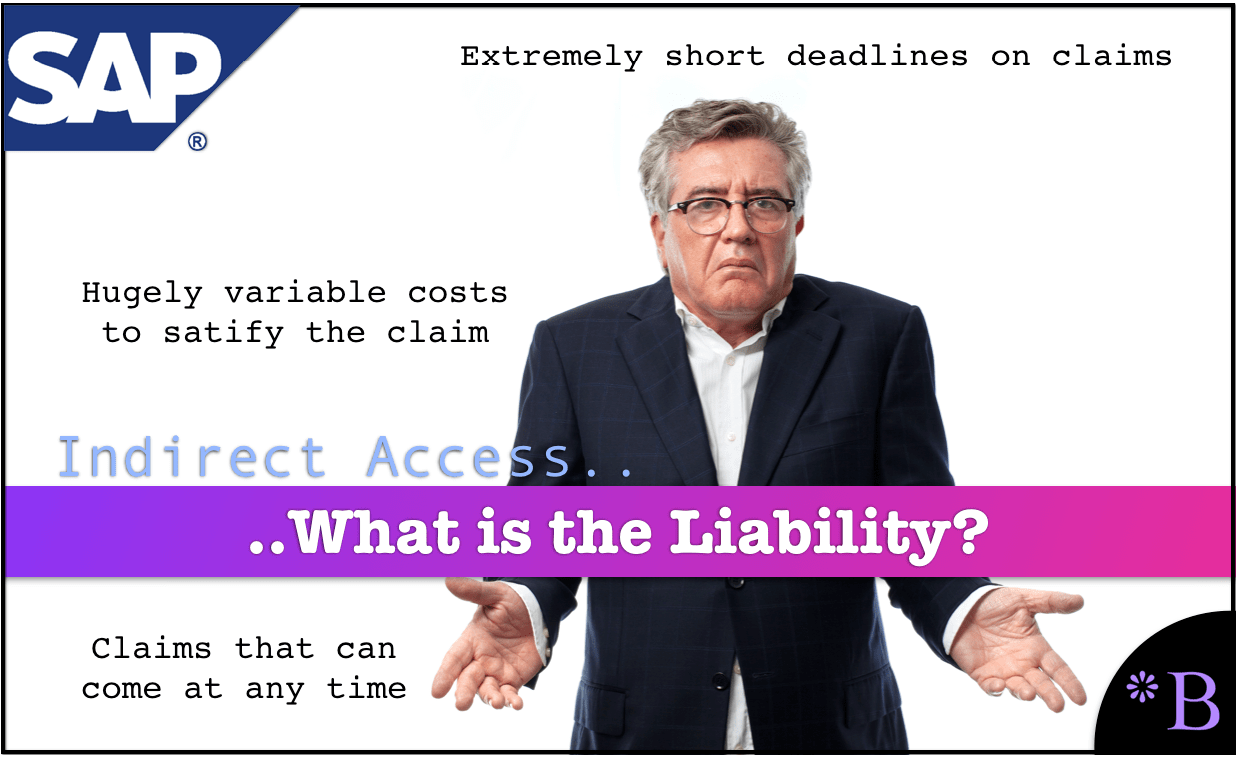The Argument for Per Se Treatment of Indirect Access and SAP
Executive Summary
- Indirect access is illegal, as represented by a legal explanation called “per se.”
- To understand why it is necessary to understand the history of indirect access.

Introduction
At Brightwork, we have spent considerable effort analyzing the connection between indirect access and tying agreements, which are illegal under US law. Indirect access is used by SAP to block out the access of vendors from their accounts.
What is an Illegal Pre Se Basis?
An “illegal per se” argument is that the activity, which is the topic is illegal without any other circumstances of any additional evidence being necessary.
The Argument for Per Se Treatment of Indirect Access
Brightwork was the first to connect indirect access to tying agreements. The following quotation is quite instructive on this topic.
“In determining whether there is a tie, it may be relevant to determine whether the defendant has market power, and whether it has actually used that power. However, once a tie is found to exist, this should conclusively establish liability. (emphasis added) The only remaining issue would be whether the defendant could show special facts that would justify the imposition of the tie-in, notwithstanding the strong presumption that all tie-ins injure competition. This approach is based on the following conclusions:
There are a variety of reasons for a seller to impose tying arrangements. However, in some cases, at least one reason the seller wants to impose the tie is to leverage its market power in the tying product to obtain added sales in the market for the tied product.
The use of this leveraging power will have anticompetitive effects, particularly the foreclosure of competition in the tied product market.
Although there are several other reasons a seller may have for imposing the tie, tie-ins, in general, do not produce any economic benefits, except in certain specific situations, and may lead to other societal losses. Therefore, again with certain specific exceptions, there will be no economic loss from condemning all tying arrangements, regardless of the seller’s motivations. Condemning them all will provide a clear line for businessmen and courts and will simplify the judicial application of the rule.” – A Simplified Approach to Tying Arrangements: A Legal and Economic Analysis, Vanderbilt Law Review
See our overall article on indirect access and tying arrangements or tying agreements.

The Problem: Secrecy Around Indirect Access
Oracle, SAP, and their consulting partners, ASUG, and the IT media entities all have something in common. They don’t want indirect access understood. Media outlets like Diginomica are paid to distribute PR releases as articles, as we covered in the article SAP’s Recycled Indirect Access Damage Control for 2018. The intent is to lower SAP customers’ concern around indirect access so that indirect access is underestimated, as we covered in the article The Danger in Underestimating SAP Indirect Access.

The primary providers of information in the SAP space are all financially linked to SAP. SAP does not want indirect access understood, so these entities do as they are told by SAP.
References
https://www.americanbar.org/groups/young_lawyers/publications/the_101_201_practice_series/the_wonderful_world_of_tying.html